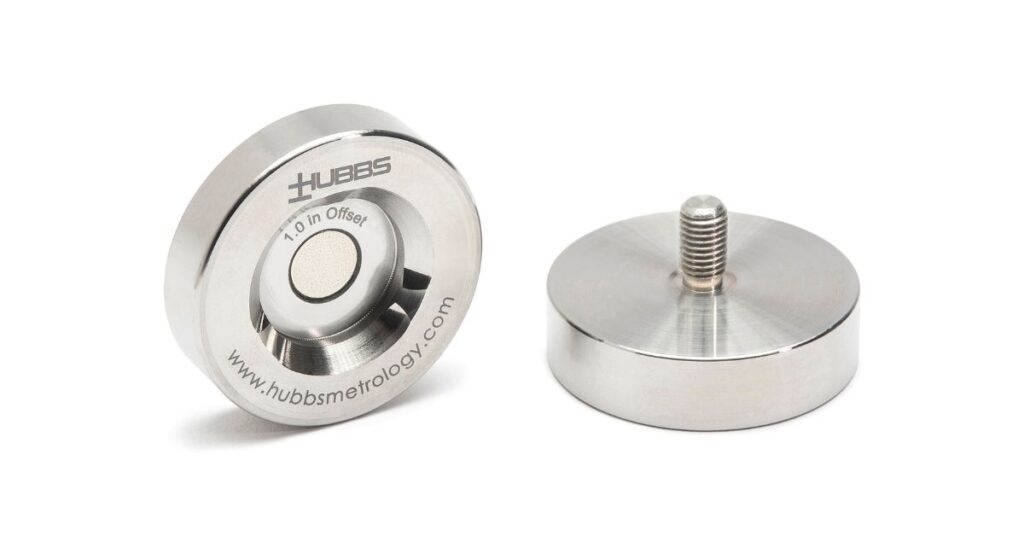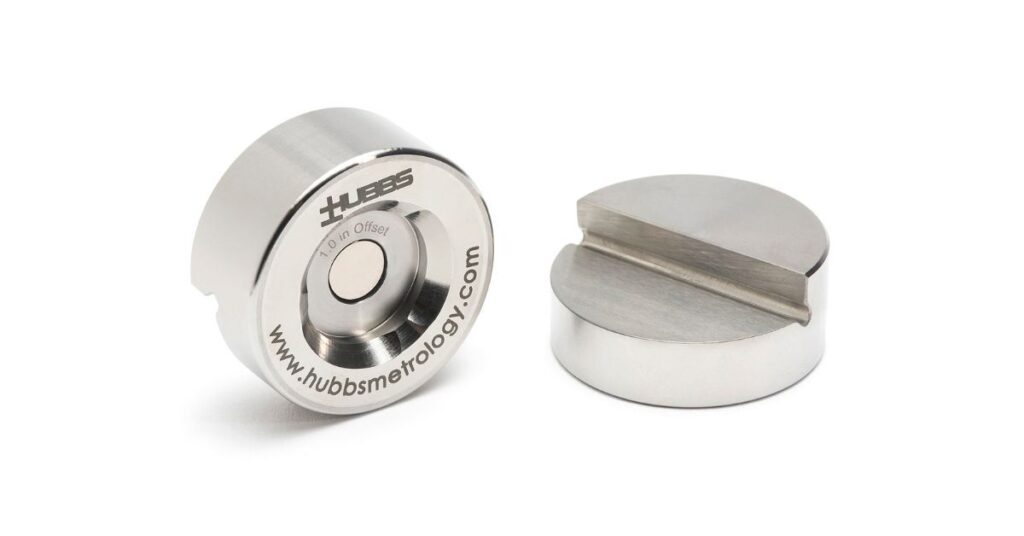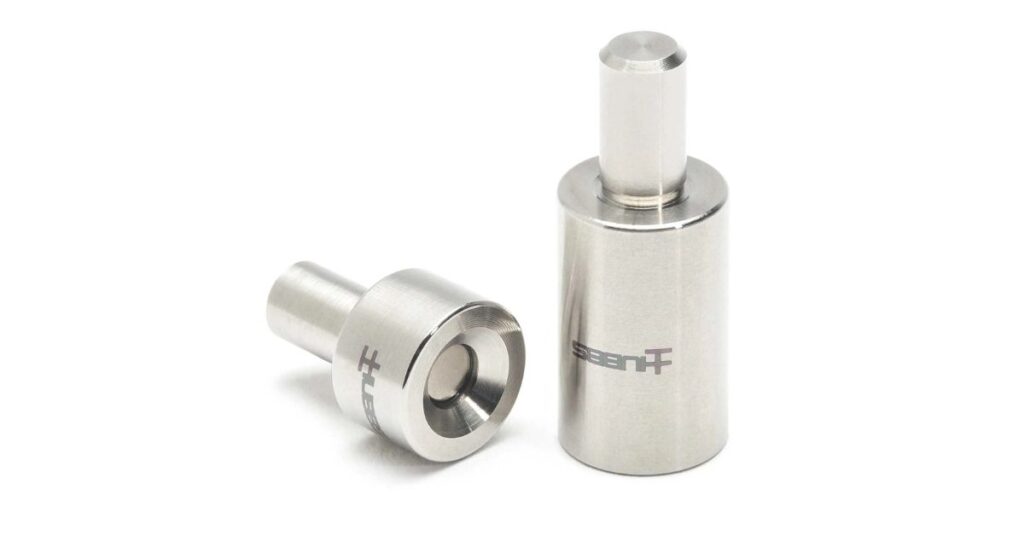How Laser Trackers Improve Manufacturing Accuracy

The manufacturing industry is continually striving to achieve greater precision, efficiency, and cost effectiveness. An innovation changing the game is laser tracking technology. These tools are revolutionizing the way we approach manufacturing accuracy by setting a new standard for quality and productivity.
But how do laser trackers improve manufacturing accuracy? Find out what makes laser trackers indispensable for modern manufacturing. Discover how they deliver unparalleled precision, ensure rigorous quality control, and adapt to the challenges of complex geometries. This could be the innovative solution your operations need!
Ensures Precise Measurements
At the heart of every flawless manufacturing process is precision. Laser trackers excel in this area by delivering highly accurate measurements down to the micron[TG1] level. Unlike traditional measurement tools, laser trackers use a combination of laser beams and reflectors to measure distances, angles, and alignment in real-time.
For instance, many manufacturers use them to measure the dimensions of large components, such as aircraft parts, where even the smallest inaccuracies can cause significant issues. Their ability to ensure that every part meets exact specifications reduces the need for rework, saving time and resources.
Improves Quality Control
Consistency is key when producing high-quality components, and laser trackers play a vital role in maintaining it. By integrating laser trackers into quality control processes, manufacturers can identify defects early and ensure that products meet stringent standards.
Laser trackers are commonly paired with HUBBS’s .5 laser tracker sphere mounts to enhance stability and precision during inspections. This combination provides data that highlights dimensional inaccuracies and helps pinpoint problem areas. This allows manufacturers to correct issues before the product moves to the next production stage
Speeds Up Alignment Processes
Alignment processes, especially for large machinery or structures, can be time-consuming and prone to human error. Laser trackers eliminate the guesswork by providing instant, precise alignment capabilities. You can use them to align machine components, assembly lines, or even entire structures in a fraction of the time required by traditional methods.
For example, laser trackers are widely used in the automotive and aerospace sectors, where tight tolerances are required. Their speed and accuracy improve the quality of the end product while also significantly reducing downtime during the assembly process.

Reduces Human Error
Even the most skilled employees are not immune to mistakes, especially when dealing with complex measurements manually. Laser trackers remove this variability by automating many aspects of the measurement process. They collect detailed and consistent data every time, minimizing the impact of human error on production quality.
This reliability is particularly valuable in industries like shipbuilding and energy, where inaccuracies can have severe safety and financial implications. With laser trackers, manufacturers can rest assured that errors are kept to an absolute minimum.
Offers Real-Time Feedback
One of the standout features of laser trackers is their ability to provide real-time feedback. This immediate visibility into data allows manufacturers to make instant adjustments, whether they’re calibrating machinery or resolving defects during production.
For example, you can use laser trackers in automotive manufacturing to monitor the assembly of car bodies. Any deviation detected in the alignment process can be corrected on the spot, ensuring that production stays on track without delays.
Adapts to Complex Geometries
Not all components are simple squares or cylinders. Many industries deal with highly complex geometries that require intricate measurements. Laser trackers are designed to handle this challenge with ease. Their advanced algorithms can create a detailed 3D map of even the most elaborate designs.
This capability ensures that manufacturers can produce complex components with exact dimensions to meet the high standards required in industries where precision is nonnegotiable.
Boosts Production Efficiency
Along with precision, efficiency is another major component of any successful manufacturing operation. By automating measurement and alignment processes, laser trackers help reduce production time while maintaining quality. Their integration into assembly lines and other workflows ensures that components are produced faster and with fewer errors.
For production supervisors, this means hitting tight deadlines without sacrificing precision—a win-win for manufacturers and their clients.
Enables Portable Measurements
Unlike some bulky traditional measurement tools, laser trackers are compact and portable. This makes them ideal for use across multiple locations within a manufacturing facility or even in the field. Their portability allows manufacturers to perform inspections and alignments wherever they are needed, reducing the need to transport parts to a central measurement area.
For instance, someone can take laser trackers directly to a shipyard to measure massive components on-site, saving both time and logistical challenges.

Enhances Data Integration
Modern manufacturing relies heavily on data to drive decisions and optimize processes. Laser trackers seamlessly integrate with other measuring tools and software, enabling manufacturers to collect, analyze, and use data more effectively.
This ability to create a centralized data repository improves traceability and ensures that manufacturers continuously monitor and improve their processes.
Contributes to Cost Savings
Ultimately, every manufacturer seeks ways to reduce costs without compromising quality. Laser trackers achieve this by minimizing errors, accelerating production, and improving efficiency. Reduced rework, lower material costs, and fewer downtime incidents all contribute to significant financial savings.
Investing in laser tracking technology provides an undeniable return on investment, making it a cost-effective solution for both small manufacturers and large-scale enterprises.
Enhance Precision With HUBBS’s Advanced Measurement Solutions
When you’re looking to achieve unparalleled accuracy in your manufacturing, you need to have the right tools. HUBBS’s specializes in cutting-edge measurement solutions that revolutionize how we approach precision and quality control in manufacturing. No matter what you manufacture or how large the product is, HUBBS’s has the means to give you accurate and precise measurements you can trust.
With HUBBS’s advanced technology, you can tackle the most complex geometries, reduce production errors, and improve alignment with ease. Backed by a commitment to innovation and precision, HUBBS’s products are the key to elevating your manufacturing processes to new heights. Make the smart choice for your operation and discover what HUBBS can do for you.
The ability of laser trackers to deliver precise measurements and adapt to varied manufacturing challenges emphasizes their value across industries. Understanding how laser trackers improve manufacturing accuracy showcases the pivotal role they play in driving efficiency, consistency, and innovation. HUBBS’s is here to help you take the next step toward excellence with our advanced measurement solutions.
